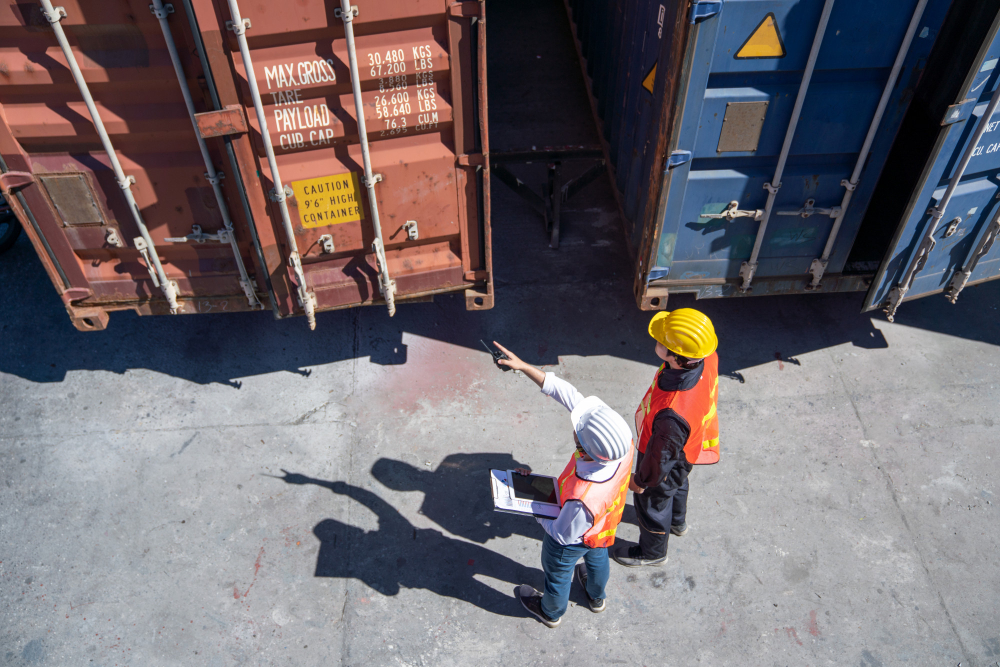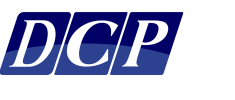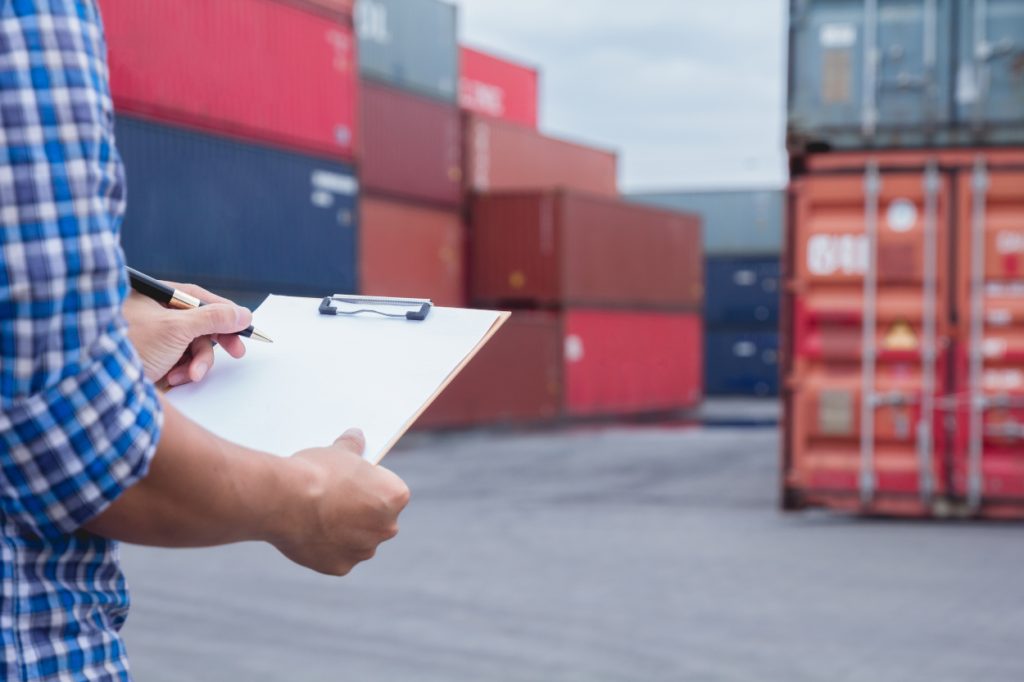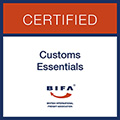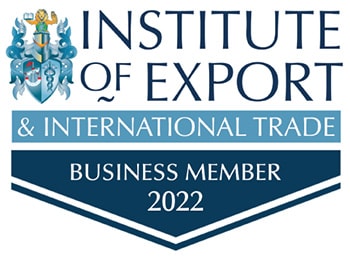Essential Guide to Customs Clearance in the UK: What You Need to Know Before Importing from China
Navigating customs clearance in the UK can be quite daunting, especially if you’re new to importing goods from China. The process involves several steps and requires adherence to specific regulations. In essence, customs clearance is the procedure that ensures goods meet all the legal requirements before they are allowed entry into the UK. As an importer, understanding this process is crucial to avoid unnecessary delays and additional costs.
Customs clearance involves the preparation and submission of required documentation to facilitate the importation of goods. This includes compliance with customs regulations, payment of duties and taxes, and securing the release of goods from customs. When importing from China, it’s essential to be aware of the regulations that specifically apply to products entering the UK market.
A thorough understanding of customs clearance not only helps in ensuring compliance but also aids in streamlining your import operations. This guide is designed to provide comprehensive insights into the customs clearance process in the UK, focusing particularly on goods imported from China.
The Importance of Customs Clearance for Importing from China
Importing goods from China to the UK is a lucrative venture for many businesses, but it comes with its complexities. Customs clearance is an integral part of this process, ensuring that your goods comply with all the necessary legal and regulatory requirements. Without proper customs clearance, your shipments could face delays, incur penalties, or worse, be confiscated.
The importance of customs clearance cannot be overstated. It ensures the legality of your imports and facilitates the smooth transition of goods from the point of origin to your designated destination. Given the volume and variety of products imported from China, each category may have specific requirements, making it essential to be well-versed in the applicable customs rules.
Moreover, efficient customs clearance can significantly impact your bottom line. By avoiding unnecessary holdups and additional charges, you can maintain a steady supply chain, minimise risks, and improve customer satisfaction. Therefore, investing time and resources to understand and manage the customs clearance process is imperative for any business involved in international trade.
Key Regulations and Requirements for Customs Clearance in the UK
When importing goods from China, several key regulations and requirements must be adhered to in the UK. These include the submission of import declarations, payment of duties and VAT, and compliance with health and safety standards. Each of these elements is crucial to ensuring that your goods are cleared without any hitches.
Firstly, import declarations are mandatory for all goods entering the UK. These declarations provide detailed information about the goods, including their classification, value, and origin. Accurate completion of these declarations is vital, as any discrepancies can lead to delays and fines. The UK uses the Harmonised System (HS) for classifying goods, and understanding this system is essential for proper customs declaration.
Secondly, understanding and calculating the duties and taxes applicable to your imports is crucial. The UK’s tariff system determines the amount payable based on the type and value of the goods. Importers must also be aware of any exemptions or reductions available under trade agreements. Additionally, certain products may require specific permits or certifications, adding another layer of complexity to the customs clearance process.
Lastly, compliance with UK health and safety standards is non-negotiable. Depending on the nature of the goods, importers may need to provide certificates of conformity or undergo inspections to ensure the products meet the required standards. Being proactive in understanding these regulations can save time and prevent costly delays at customs.
Step-by-Step Guide to the Customs Clearance Process
To navigate the customs clearance process smoothly, it’s beneficial to break it down into manageable steps. Here’s a step-by-step guide to help you understand each phase of the customs clearance journey when importing from China to the UK:
- Preparation of Documentation: Begin by gathering all necessary documents, including invoices, packing lists, and any required certificates. Accurate documentation is the cornerstone of efficient customs clearance.
- Submission of Import Declarations: Use the appropriate software or engage a customs broker to submit your import declarations to HMRC (Her Majesty’s Revenue and Customs). Ensure all data is accurate to avoid discrepancies.
- Calculation and Payment of Duties and Taxes: Determine the applicable duties and VAT for your goods. It’s essential to understand the tariff codes and classifications to accurately calculate these charges.
- Customs Inspection and Clearance: After submission, your goods may be subject to inspection. This step is to ensure compliance with UK regulations. If selected for inspection, be prepared to provide additional documentation or facilitate the inspection process.
- Release of Goods: Once cleared, your goods will be released for delivery. Coordinate with your logistics provider to ensure timely transportation to your warehouse or distribution centre.
By following these steps, you can streamline the customs clearance process and ensure that your imports from China reach the UK market without unnecessary delay.
Common Challenges Faced During Customs Clearance
Despite thorough preparation, importers often face challenges during the customs clearance process. Understanding these challenges can help mitigate risks and ensure a smoother experience. Here are some common issues that importers might encounter:
- Incomplete or Inaccurate Documentation: One of the most frequent issues is the submission of incomplete or incorrect documentation. Even minor errors can lead to significant delays and additional costs. It is crucial to double-check all documents before submission.
- Misclassification of Goods: Incorrect classification of goods under the Harmonised System can result in incorrect duty calculations and potential legal issues. Ensuring accurate classification is essential for compliance and cost management.
- Delays Due to Inspections: Random inspections can delay the release of goods. While not entirely avoidable, ensuring compliance with all regulations can minimise the likelihood of extensive inspections.
Being aware of these challenges and proactively addressing them can help you navigate the customs clearance process more effectively, ensuring that your goods are delivered on time and in compliance with UK regulations.
Essential Documents for Customs Clearance of Products from China
When importing products from China, several essential documents are required for customs clearance in the UK. These documents facilitate the legal entry of goods and ensure compliance with all relevant regulations. Here is a list of key documents that importers need to prepare:
- Commercial Invoice: This document provides details about the transaction, including the description of goods, their value, and the terms of sale. It is a crucial document for customs valuation and duty calculation.
- Packing List: While not always mandatory, a packing list can provide additional details about the shipment, such as the number of packages, their weight, and dimensions. It helps customs officials verify the contents of the shipment.
- Bill of Lading or Airway Bill: This document serves as a contract between the shipper and the carrier and provides evidence of the shipment’s terms and conditions. It is essential for the release of goods.
- Certificate of Origin: This document certifies the country where the goods were manufactured. It is important for determining the applicable duties and trade agreements.
- Import Licence or Permits: Certain goods may require specific licences or permits for importation. Ensure that you have all necessary approvals in place before shipping.
Having these documents in order and ensuring their accuracy is crucial for smooth customs clearance. It is advisable to maintain a checklist and verify all documents before submission to avoid potential issues.
Duties and Taxes: What to Expect When Importing Goods
Understanding the duties and taxes associated with importing goods from China to the UK is vital for accurate cost forecasting and budgeting. Here, we explore what importers can expect in terms of financial obligations:
Import Duties
Import duties are levied on goods entering the UK and vary based on the type and value of the goods. The duty rate is determined by the tariff classification of the product, as outlined in the UK Global Tariff (UKGT). Importers need to be familiar with these rates to accurately calculate the total cost of their imports.
Value Added Tax (VAT)
In addition to import duties, Value Added Tax (VAT) is applicable on most goods imported into the UK. The standard VAT rate is 20%, but some goods may qualify for reduced rates or exemptions. VAT is calculated based on the total value of the goods, including shipping costs and import duties.
Excise Duty
Certain products, such as alcohol and tobacco, may attract additional excise duties. These duties are specific to the product category and must be factored into the overall cost of importing these items.
By understanding and accurately calculating these duties and taxes, importers can better manage their financial obligations and ensure compliance with UK regulations.
Choosing the Right Customs Broker for Your Imports
Selecting the right customs broker is an important decision for businesses importing goods from China to the UK. A competent customs broker can streamline the customs clearance process, ensuring compliance and efficiency. Here are a few factors to consider when choosing a customs broker:
- Experience and Expertise: Look for a broker with extensive experience in handling imports from China. Their expertise in navigating UK customs regulations can be invaluable in ensuring your shipments are cleared without issues.
- Reputation and Reliability: Check the broker’s reputation and track record. Reliable brokers should have positive reviews and a history of successful customs clearance operations.
- Range of Services: Consider the range of services offered by the broker. A comprehensive service package, including documentation preparation and duty calculation, can save time and reduce the complexity of the process.
- Communication and Support: Effective communication is key to a successful partnership. Ensure that the broker provides clear and timely updates on the status of your shipments and is responsive to any queries or concerns.
By choosing the right customs broker, businesses can ensure a smoother customs clearance process, reducing the risk of delays and compliance issues.
Tips for a Smooth Customs Clearance Experience
Ensuring a smooth customs clearance experience requires careful planning and attention to detail. Here are some tips to help you navigate the process effectively:
- Plan Ahead: Start the customs clearance process well in advance of your shipment’s arrival. This allows ample time for preparing documentation and addressing any potential issues.
- Stay Informed: Keep abreast of any changes in customs regulations or tariff rates. Being informed enables you to make proactive adjustments to your import strategy.
- Maintain Accurate Records: Ensure all documentation is accurate and complete. Maintaining an organised record of all import-related documents can help prevent delays and facilitate quick resolution of any issues.
- Engage a Professional: Consider hiring a professional customs broker to assist with the clearance process. Their expertise can be invaluable in navigating complex customs regulations and ensuring compliance.
- Communicate with Suppliers: Establish clear communication with your suppliers in China to ensure they understand the documentation and compliance requirements for exporting to the UK.
By following these tips, importers can enhance the efficiency of their customs clearance operations, ensuring timely delivery of goods and maintaining a seamless supply chain.
Conclusion: Navigating Customs Clearance Successfully
Successfully navigating customs clearance in the UK requires a comprehensive understanding of the regulations, meticulous preparation, and effective execution. By investing time in understanding the customs clearance process, importers can avoid common pitfalls, minimise risks, and ensure compliance with UK regulations.
Choosing the right partners, such as a knowledgeable customs broker, and maintaining open communication with suppliers and logistics providers are critical components of a successful import strategy. By staying informed and proactive, businesses can optimise their import operations, reduce costs, and enhance overall efficiency.
If you are ready to embark on your import journey from China to the UK, take the first step by ensuring your customs clearance process is well-managed. Consider engaging a professional customs broker to handle the complexities and provide peace of mind. Let’s make your importing experience as seamless and efficient as possible. Reach out to industry experts today for guidance and support in navigating the customs clearance landscape. Feel invited visiting https://dcplogisticsgroup.co.uk and to contact with customs brooker from DCP Logistics Group from London.
